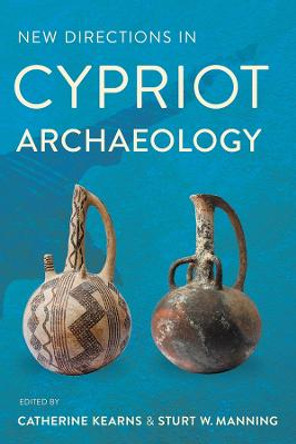The ninth to the fifth centuries BCE saw a series of significant historical transformations across Cyprus, especially in the growth of towns and in developments in the countryside. In this book, Catherine Kearns argues that changing patterns of urban and rural sedentism drove social changes as diverse communities cultivated new landscape practices. Climatic changes fostered uneven relationships between people, resources like land, copper, and wood, and increasingly important places like rural sanctuaries and cemeteries. Bringing together a range of archaeological, textual, and scientific evidence, the book examines landscapes, environmental history, and rural practices to argue for their collective instrumentality in the processes driving Iron Age political formations. It suggests how rural households managed the countryside, interacted with the remains of earlier generations, and created gathering spaces alongside the development of urban authorities. Offering new insights into landscape archaeologies, Dr Kearns contributes to current debates about society's relationships with changing environments.
Examines the archaeology of landscapes, environments, and rural communities that constituted the transformative Archaic period on Cyprus.About the AuthorCatherine Kearns is an Assistant Professor in the Department of Classics, University of Chicago. She conducts fieldwork on Iron Age sites in Cyprus with the KAMBE Project, for which she has received support from the Mellon Foundation, ACLS, Loeb Classical Library Foundation, and the US Fulbright program. She has published in numerous journals and recently co-edited New Directions in Cypriot Archaeology (2019).
Book InformationISBN 9781316513125
Author Catherine KearnsFormat Hardback
Page Count 320
Imprint Cambridge University PressPublisher Cambridge University Press
Weight(grams) 820g
Dimensions(mm) 251mm * 176mm * 27mm




